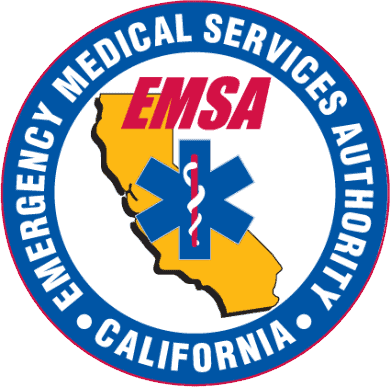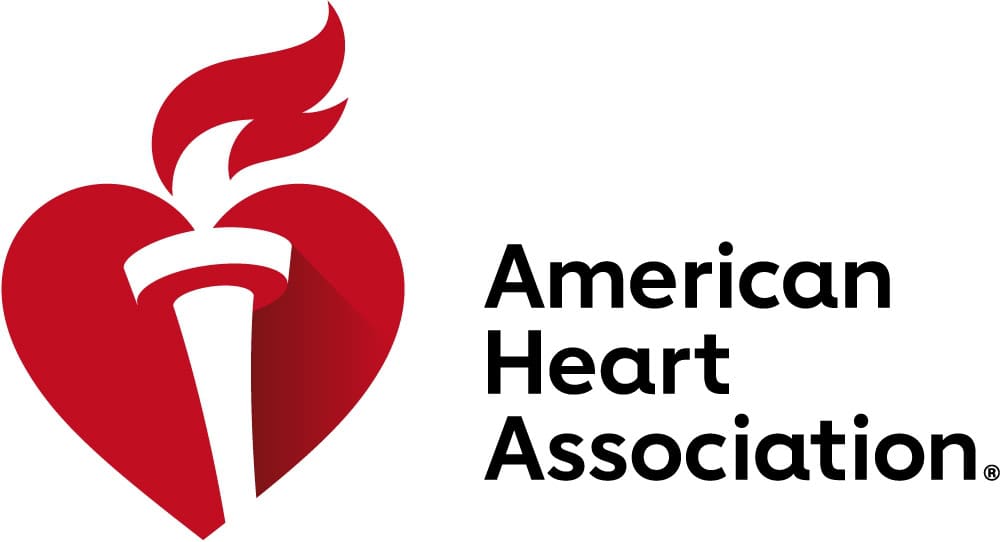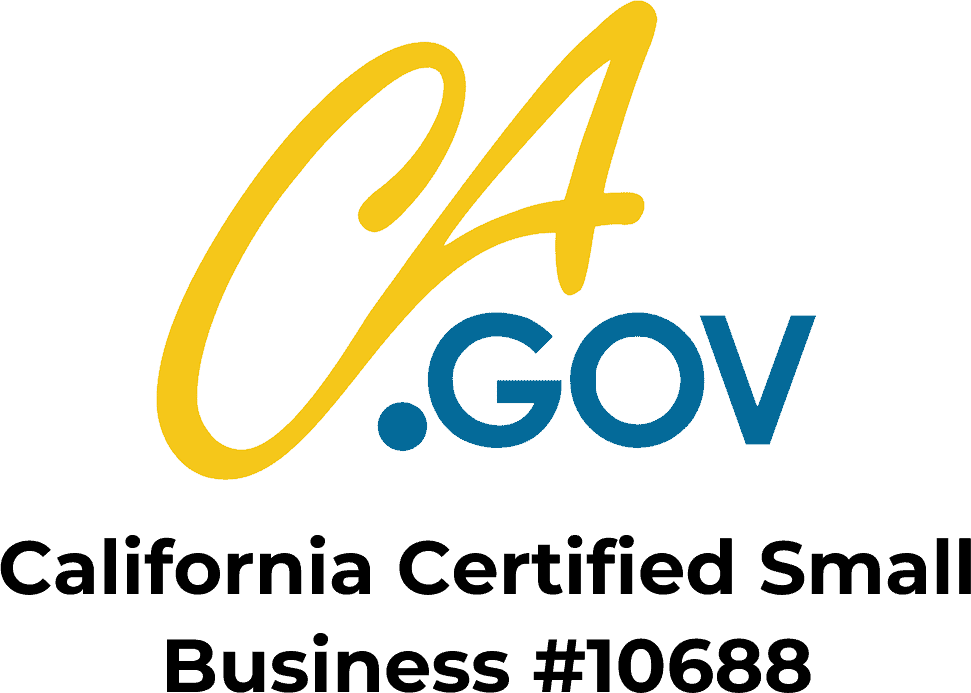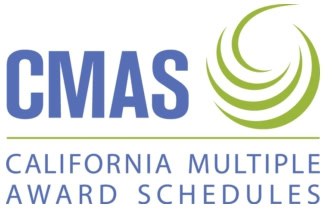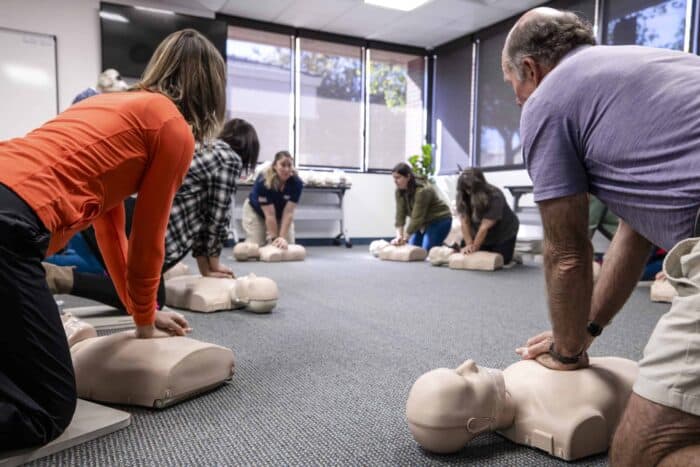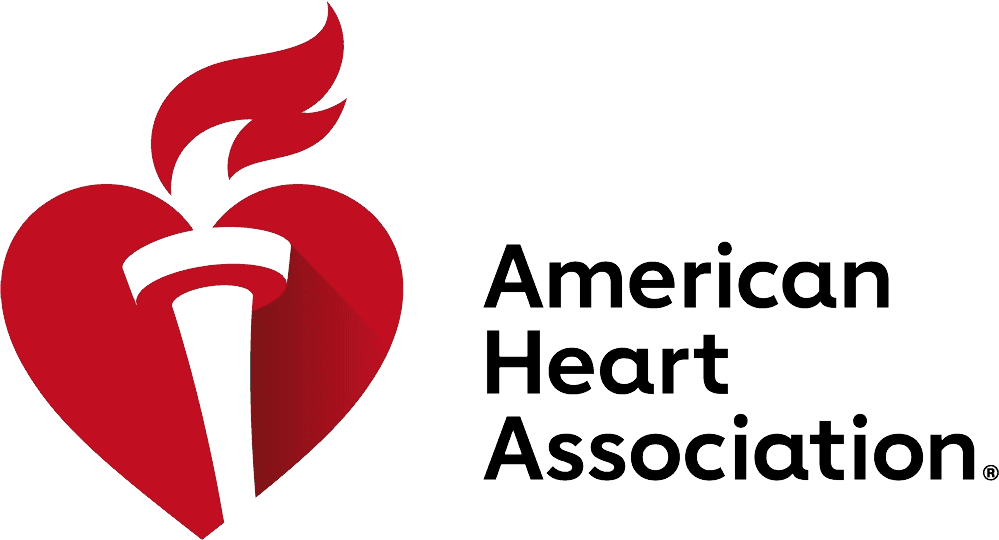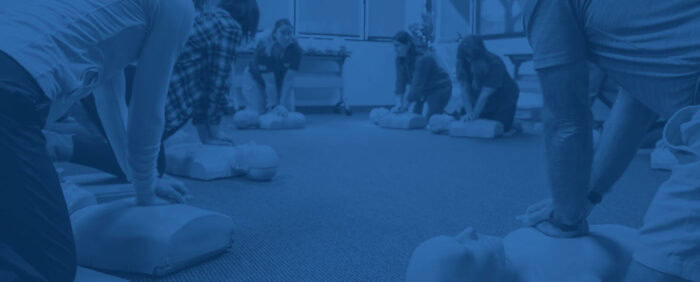Your cart is currently empty!

Did you know household poisoning affects more than 9 out of 10 children? Amazingly, various poison control centers receive over a million calls regarding poisoning in the home. Don’t let your home be one of them. In honor of March’s Poison Prevention Month, learn how to spot the everyday culprits of household poisoning and how to recognize the poisoning signs so that you never have to call Poison Control.
Common Everyday Culprits: Household Poisons to Watch For
#1: Poisonous Plants
Houseplants undoubtedly beautify our homes, but it’s vital to note that some of them are very poisonous to consume.
Poinsettias
Around the holidays, you may wonder, “Are poinsettias poisonous?” as you put out your favorite red flower. Myths of its deadly poison surround this popular Christmas plant, but according to Posion.org, poinsettias are not fatal when eaten, yet may produce nausea, irritation, diarrhea, and vomiting if consumed.
Other household plants
Other common household planets produced swelling of the mouth, such as myrtle, devil’s ivy, and flamingo flower. However, there are far more poisonous plants to watch out for. Oleander, a lovely flowering shrub, can cause death even if the person tries a minimal amount.
#2: Medications, Vitamins, and Supplements
No child should have easy access to medication, vitamins, and supplements. Most people only think it’s essential to lock up prescription medications, but it’s just as important to put vitamins, supplements, and over-the-counter (OTC) medicines entirely out of reach of children. Even eye drops can poison a young child, with eye drop poisoning symptoms including difficulty breathing, nausea and vomiting, seizures, changes in heartbeat and blood pressure, and blurred vision. Common OTC medications you must lock up include ibuprofen, cough syrup, and aspirin.
Typical symptoms of ibuprofen poisoning are as follows:
- Headache
- Tinnitus
- Drowsiness
- Nausea
- Difficulty breathing
- Abdominal pain
- Low blood pressure
#3: Food Contamination
You’re trying to enjoy your long weekend by trying a new restaurant. Later that evening, after eating, you feel your tummy gurgling, and the next thing you know, you’re nauseated and sick! Is this due to something you ate or due to your kid bringing home a virus from school? Here is how to tell the difference between food poison and a stomach virus, as well as what to do when you get food poisoning.
Stomach Virus
- Typical onset from exposure is 24 to 48 hours
- Last for 2-3 days or up to over a week
- The main cause of a stomach virus is being exposed to someone with viral gastroenteritis.
- More likely to include fever
Food Poisoning
- Typical onset is 2 to 4 hours after you consume the food.
- Lingers a few hours up to a day
- The leading causes of food contamination are a lack of hygiene, such as inadequate handwashing, not storing foods properly, improper cooking temperatures, and cross-contamination.
Whether you’re dealing with a sickness bug or food poisoning, some of the best ways to prevent being ill are washing your hands well frequently, especially before eating, avoiding anyone who is sick, and supporting your immune system.
If you suspect you are suffering from food poisoning, try these things:
- Eat a bland diet
- Rest
- Try activated charcoal supplements
- Make sure to replace any fluids lost by extra drinks with electrolytes
- Taking probiotics might be useful
#4: Poisonous Cleaning Products
Because they are such common items in our homes, we often forget that cleaning products such as bleach, dishwasher pods, and laundry pods can be extremely poisonous.
Bleach
Bleach poisoning symptoms may include chest pain, gagging, burning eyes, burns of the skin/throat,/mouth, shock, and throat swelling. Call 911 immediately if you suspect someone in your home has consumed bleach. It is incredibly toxic when combined with ammonium, causing chloramine gas, which can cause difficulty breathing, fluid in your lungs, and even, rarely, death.
Dishwasher or Laundry Pods
If you have dishwasher or laundry pods in your home, be extremely diligent in keeping them stored where children cannot access them since the pods can look like tempting candy or playthings to children. The membrane on these cleaning pods can break open very easily, releasing the detergent, which can cause chemical burns to the skin or eyes. If the child ingests the pod continents, it can cause burns in the mouth, stomach, airway, and bowels.
Other Poisons You Might Not Think Of
There are a few relatively common household poisoning risks that you might not think of. These include:
- Lead poisoning
- Teflon poisoning
- Carbon monoxide poisoning
Lead Poisoning
How do you get lead poisoning? Most often, lead is found in lead paint and can also be found in older homes with lead pipes. Lead can be found in foreign toys, stained glass, and glazed ceramic dishware made before the late 1970s. Symptoms include abdominal pain, headaches, fatigue, and hyperactivity.
Teflon Poisoning
Teflon, commonly found on nonstick pans, is poisonous when heated to high temperatures and releases polymer fumes. Symptoms of Teflon poisoning in humans include fever, headaches, body aches, and chest discomfort.
Carbon monoxide poisoning
Carbon monoxide truly can be a silent killer. You cannot smell, see, or taste it. Yet it is deadly. How to detect carbon monoxide? You must rely on carbon monoxide detectors in your home to alert you. Make sure you check them frequently to make sure they’re in working order. Common carbon monoxide poisoning symptoms include nausea, dizziness, headache, and fatigue. Severeve symptoms are loss of muscle control, vomiting, mental confusion, and, in most severe cases, brain damage or death.
Recognizing Symptoms of Poisoning
The symptoms of poisoning will differ based on what item was consumed, but there are a few common signs of poisoning:
- Headache
- Mental confusion
- Feeling sick
- Rash
- Blurred vision
- Difficulty breathing
- Difficulty swallowing
- Blue around the lips or nose
- Fatigue
In severe poisoning cases, seizures or coma can result.
Safe Storage Practices for Hazardous Items
Childproofing Your Home Effectively
In order to safeguard your home against common poisons, you must childproof it. Here are some typical methods of childproofing your home:
- Check every room for potential poisons
- Keep all potential poisons in a high, locked cabinet
- Make sure to keep your purse or bag out of reach if it has potential poison in it (such as nail polish removers, medications, perfumes, nicotine products)
Importance of Labeling and Warnings
Even though it may be a popular thing to do based on TikTok, taking the labels off your packaging to make it look nicer is unwise. Labels and warnings on packages, especially on potentially toxic products, serve as a warning to help keep you and your family safe.
Emergency Response Steps for Poisoning
- If the person is not breathing or is unconscious, call 911
- If you suspect poisoning of any kind, call the toll-free Poison Control phone number (1‑800‑222‑1222)
- Stay calm
- Be ready to tell Poison Control information about the person who was poisoned, including age, weight, and any known health conditions.
- Tell Poison Control other details such as what product was involved and when, what first aid has been given, how the poison contacted the person (via mouth, skin, eyes, lungs)
Rescue Training Institute Can Prepare You for Emergencies
Though common everyday household items can be poisonous, knowing how to prevent poisoning and understanding what to do when you suspect someone has been poisoned can prevent tragedy. Rescue Training Institute offers classes in basic first aid and CPR, infant CPR, and childcare first aid that can help anyone know what to do in case of an emergency poisoning situation in the home.

